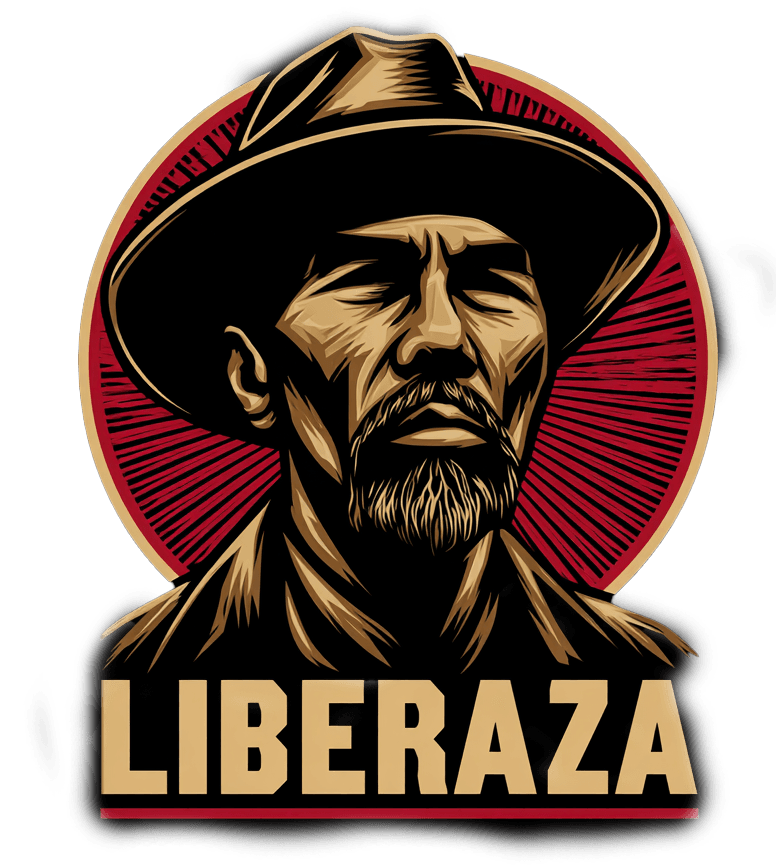The Militarization of the Border: When Immigration Policy Crosses the Line
LS
How deploying thousands of U.S. troops to the southern border blurs lines between national defense and domestic enforcement—and why it matters more than ever.
The U.S.–Mexico border has long been a flashpoint for political debate, policy experiments, and human drama. But a quiet expansion of military presence—reported this week by the Associated Press—raises new concerns about the erosion of civil liberties and the militarization of immigration enforcement.
As of this writing, over 7,600 active-duty troops and National Guard members are stationed along the southern border. That’s more than double the number deployed just two years ago. Though officials claim the military’s role is merely “supportive,” critics say this creeping escalation puts the nation on a dangerous path—where immigration enforcement looks more like military occupation.
A Military Surge in Civilian Clothes
The Department of Homeland Security (DHS) and Customs and Border Protection (CBP) insist that these troops are not arresting migrants or carrying out detentions. Their stated role is “logistical support”: helping with surveillance, vehicle repairs, and barrier construction.
But reporting from the AP and Washington Post paints a murkier picture. Troops are now routinely conducting border surveillance, flying drones, and helping funnel migrants toward CBP checkpoints. Some are stationed at holding facilities. Others help erect razor-wire barricades or install anti-pedestrian fencing.
While technically not authorized to make arrests, these soldiers’ very presence sends a chilling message—to immigrants and citizens alike. When people in uniform patrol your community, it ceases to feel like a sanctuary. It starts to feel like a zone of conflict.
Where Does Posse Comitatus Stand?
The Posse Comitatus Act of 1878 prohibits the use of the U.S. military in domestic law enforcement without explicit Congressional approval. But in recent years, administrations from both parties have sidestepped this principle—first under the guise of the “war on drugs,” and now under the banner of immigration control.
Today’s deployments are justified as “border support missions,” technically avoiding the act’s enforcement restrictions. But legal scholars and civil rights watchdogs warn this is a loophole fast becoming a pipeline. Soldiers may not be making arrests, but their integration into immigration operations places them dangerously close to violating the spirit—if not the letter—of the law.
Blurring the Lines Between Foreign and Domestic Threats
This isn’t just a legal debate—it’s a cultural shift. The language around border policy increasingly adopts the vocabulary of national defense: “threat deterrence,” “mission readiness,” “tactical response.” And in doing so, we’re conditioning Americans to accept war-like tactics in domestic civilian spaces.
That normalization is a slippery slope. What begins as surveillance in Texas today could justify curfews, facial recognition scans, or even detainment zones tomorrow. Once the military becomes a routine part of domestic policing, it’s hard to draw a line in the sand—or unring the bell.
Humanitarian Fallout: What’s at Stake
Beyond the legal framework, the human cost is mounting.
Refugees, asylum seekers, and families fleeing violence are now met with the optics of combat. For many, this reinforces trauma—turning what should be a legal process of humanitarian intake into a high-stakes confrontation. Organizations like the ACLU and Human Rights Watch have flagged rising reports of families sleeping in makeshift conditions, enduring intimidation, and even avoiding seeking asylum entirely for fear of militarized response.
Meanwhile, the line between supporting roles and active enforcement continues to blur. National Guard troops, for instance, are now present at migrant processing centers and search-and-rescue operations, indirectly participating in the very procedures Posse Comitatus sought to prevent.
A Policy With Deep Local Consequences
At the community level, this shift is already producing ripple effects.
Local economies reliant on migrant labor report workforce shortages as would-be workers avoid travel. Towns near the border have seen rising tensions and a breakdown in trust between residents and law enforcement. Parents are pulling children from school. Clinics report drop-offs in immigrant patients seeking care.
Even tourism is down in some areas, with visitors wary of “military presence” in what used to be safe, multicultural towns.
Where Do We Go From Here?
The path forward isn’t simple—but it is urgent.
Reining in military overreach starts with restoring civilian oversight. Congress must revisit the scope of border mission authorizations and demand transparency on troop duties and jurisdiction.
Next, immigration reform must shift from a reactive, punitive framework to a humane, scalable strategy. That includes investing in trained immigration officers—not soldiers—along with asylum processing centers that resemble courtrooms, not holding cells.
And finally, Americans must resist the slow creep of militarization in domestic policy. Civil liberties do not end at the border. They begin there.
Conclusion: Guarding the Guardians
America’s founding promise hinges on the idea that power must be checked, and that the military should never act as a domestic enforcer. When soldiers line our borders not to protect against foreign invasion—but to police impoverished families fleeing terror—we must ask: who are we really protecting, and at what cost?
The militarization of immigration is not a partisan issue. It is a democratic one. And it demands not just oversight—but outcry.
Stay informed. Speak up. Because once the line between soldier and officer vanishes, it rarely reappears without a fight.
